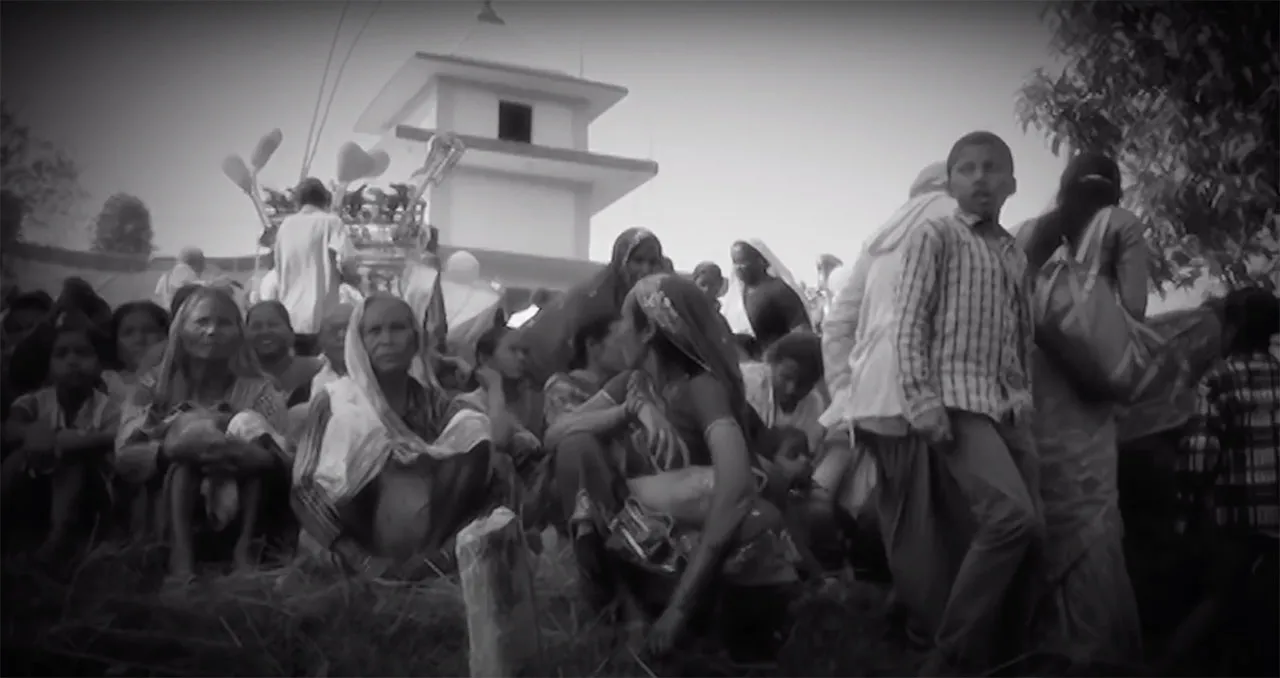The project also seeks to influence the way policymakers, donors, researchers, and civil society approach the issue of child marriage, specifically to steer the global discourse beyond short-term solutions.
Background
Tipping Point is a multi-country initiative addressing child marriage by focusing on its root causes. We see child, early, and forced marriage (CEFM) as an act of violence, so we enable girls to assert their rights, help families and communities to support them, and influence policy to sustain change.
Intervention
Phase 1 (2013-2017)
Phase 1 (2013-2017) of this three-phase project used complementary approaches with groups of girls, boys, and parents—who regularly participated in meetings—as well as advocacy events to raise public awareness and promote gender-equitable social norms. The project also engaged allies and potential champions for girls’ rights, including government and civil society, to help drive social change and direct more resources toward girls’ empowerment in project communities. Key to this advocacy was a focus on acknowledging fear and control of adolescent girls’ sexuality as a driver of CEFM.
Phase 2 (2017-2020)
For Phase 2 (2017-2020), Tipping Point has used the findings from Phase 1 to develop and test a holistic and replicable implementation package. Tipping Point engages different participant groups (girls, boys, parents, community leaders, etc.) around key programmatic topics, and creates public spaces for all community members to be part of the dialogue. Tipping Point’s approach is rooted in challenging social expectations and repressive norms and promoting movements and activism that are led by girls. These components are designed to help adolescent girls find places where they can reflect on and tackle inequality, and then take collective action on those issues.
Phase 3 (2020-2023)
In Phase 3, Tipping Point will use information gathered from successful approaches to addressing CEFM to advocate for girls’ increased visibility and meaningful participation in movements that seek to expand their voice, choice, agency, and rights. Additionally, Tipping Point is campaigning for governments and donors to recognize and be held accountable to implement and fund evidence-based policies and strategies that address the root causes of CEFM. Lastly, Phase 3 will seek to make CARE’s programming more accountable to our commitment to girls’ rights by investing in social norms and gender-transformative approaches for adolescent girls across sectors.


